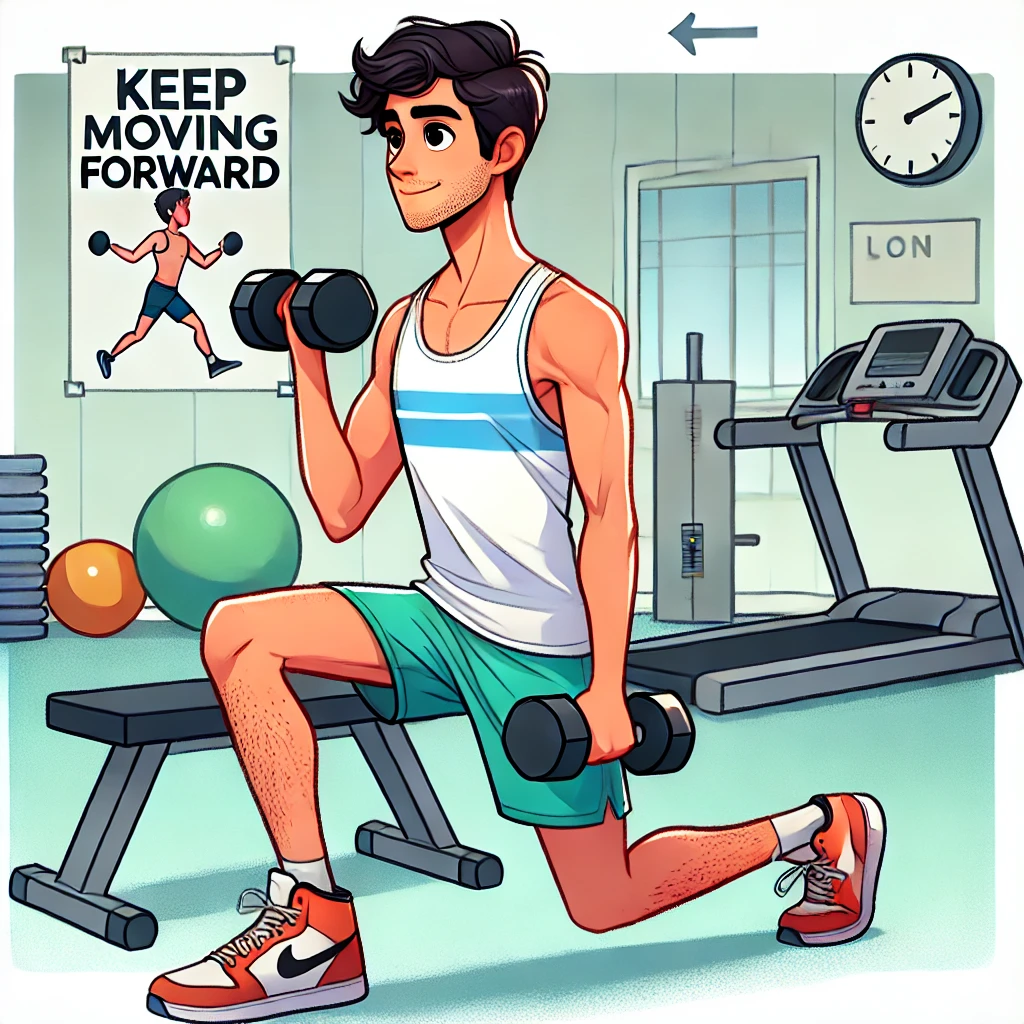Safest Ways to Start Running Again
Getting back into running is exciting, whether you’ve taken a break due to injury, a hectic schedule, or just needing a reset. But before you lace up, it’s important to prioritize safety and avoid setbacks. I know lot of athletes, myself included, have not returned to running after a break in the best way and I would love to help you avoid the same mistakes.
Here’s a guide to help you start running again safely, stay injury-free, and enjoy the process.

Why a Safe Return Matters
It’s tempting to dive straight into your old routine, but your body needs time to adjust after a break. Rushing back can lead to injuries, frustration, and more time on the couch.
Think of your muscles, tendons, and ligaments like rubber bands—stretch them too far too fast, and they snap. A gradual approach strengthens them over time, setting you up for long-term consistency. It’s this consistency that will bring you the results that you really want.
By taking time to strengthen your muscles you will also reduce the strain on your bones and joints. This is especially important for your long term health.
Strategies for Safely Starting Again
1. Assess Your Fitness Level
Take stock of your current activity level. If you’ve stayed active with cross-training, you’ll have a head start. If not, start with short, manageable runs and build from there.
2. Start Slow
Follow the “10% rule”—increase your weekly mileage by no more than 10%. This gradual progression gives your body time to adapt. Although this shouldn’t be a hard and fast rule for everyone, it stops you falling into the trap of pushing yourself too hard too soon.
3. Use Walk/Run Intervals
Alternate running with walking to reduce impact. It’s perfect for easing back into the rhythm. This is also known as ‘Jeffing‘. It is a great way to start back into running or increase your mileage without as much strain.
4. Prioritize Strength Training
Build strength in key areas—quads, glutes, hamstrings, and core. Stronger muscles mean better form and fewer injuries. Your muscles both provide you with forward momentum and act as shock absorbers.

5. Warm Up and Cool Down
Before each run, warm up with dynamic stretches like leg swings and high knees. Afterward, cool down with a light jog or walk followed by static stretches to aid recovery.
6. Listen to Your Body
Pay attention to aches, pains, or fatigue. If something feels off, rest. Don’t push through pain—it’s not worth the risk. Check out our ‘Avoid Overtraining’ section below.
7. Stay Hydrated
Drink plenty of water before, during, and after your runs. This will aid blood flow around your body and maintain good elasticity in your muscles.
8. Wear the Right Shoes
Invest in quality running shoes with proper support. While your muscles absorb some of the impacts of running, you can reduce this with a good pair of shoes. Replace them regularly to avoid injuries caused by worn-out gear.
Once you start running, it might be worth finding other ways to mix your training up to prevent injury.
Overcoming Challenges
Returning to running can be tough, but here’s how to stay motivated:
- Set Realistic Goals: Celebrate small wins as you build back strength.
- Find a Running Buddy: Partner up, join a club or get a coach for accountability and fun.
- Mix It Up: Explore new routes, speeds and durations to keep things interesting.
- Cross-Train: Add swimming or cycling for variety and overall fitness.
- Reward Yourself: Treat yourself to new gear or a massage when you hit milestones. (Best to stick award from chocolate!)
Avoid Overtraining
Overtraining can derail your progress. Sometimes it is best to remove yourself from the plan for a day or too so you don’t push yourself to a point that is really hard to come back from.
Take rest days, monitor your energy levels, and ensure you’re eating well and sleeping enough. Consistency and recovery go hand in hand.
The Incredible Benefits of Running

Running isn’t just exercise—it’s transformative. If you need a reason to get moving, here are a few to inspire you:
- Boosts Heart Health: Running strengthens your heart, lowers blood pressure, and reduces the risk of heart disease. Studies even suggest runners may live longer.
- Lifts Your Mood: Running releases endorphins, leaving you happier and less stressed.
- Strengthens Bones: Regular running builds bone density and reduces the risk of osteoporosis.
- Improves Sleep: Struggle with sleep? Running helps you relax and sleep better.
- Sharpens the Mind: Running enhances focus, memory, and cognitive function.
Ready to Run?
Starting slowly and staying mindful will keep you safe and set you up for long-term success. Enjoy the journey, and remember—the joy of running is as much about the process as it is about the finish line.
Lace up, take it one step at a time, and enjoy the run!
If you’re wanting to get back into running but are unsure of where to start. Get in touch using the free consultation button above.





